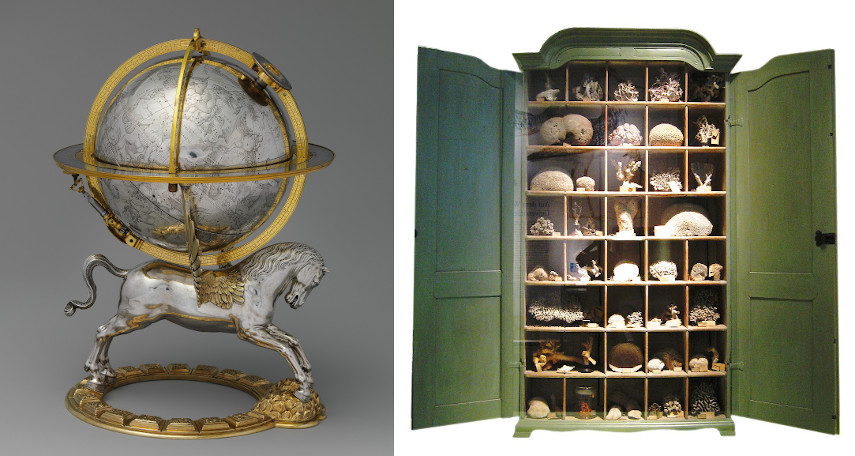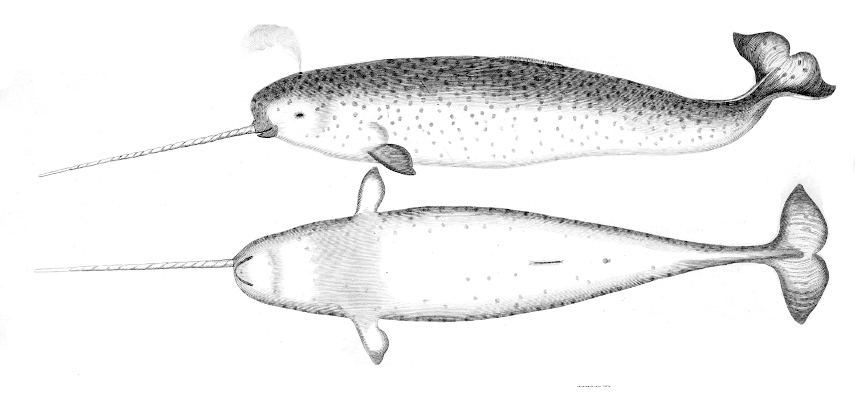The History of the Wunderkammer, a Repository for All Manner of Wondrous and Exotic Objects
The birth of the first Western museums can be traced back to the late 18th century. A particular habit of collecting, sorting, archiving, and showcasing artifacts has its roots in Wunderkammer or, in English, the cabinet of curiosities.
These particular collections often included a myriad of objects belonging to natural history, geology, archeology, and religion, as well as antiquities and paintings. Although the classic cabinet of curiosities emerged in the sixteenth century, some forms of collections existed earlier. These assemblies of unusual and, to contemporary understanding, bizarre objects have been created to manifest the power of the ruler or any other citizen belonging to the European ruling class. Alongside showcasing the wonders of the world, Wunderkammer also had a significant role in the development of early science, and was also a source of entertainment.

The Becoming of the Wunderkammer
The first documented instance of a natural history cabinet dates back to 1599 and is depicted in an engraving found in Ferrante Imperato's Dell'Historia Naturale. The image showcases open bookcases located to the right in a style reminiscent of the medieval era, which contains several volumes from Imperato's herbarium. The collection is quite elaborate, and its complexity is emphasized by the vaulted ceiling, which houses preserved fishes, stuffed mammals, and shells, with a stuffed crocodile taking center stage. This image not only showcases Imperato's collection but also serves to establish his authority as a credible source of natural history information.
The bookcases in the engraving hold a variety of coral specimens, while on the left side of the image, the room is designed in the style of a studiolo. This type of structure typically features built-in cabinets with unlocked fronts that are used to store small mineral specimens. Above these cabinets, there are panels with stuffed birds on display. Below them, a few cupboards contain boxes filled with specimens and covered jars. Overall, the engraving portrays a room that is filled with a diverse range of natural history specimens and showcases the wealth of knowledge and resources available to naturalists during that time period.
In 1587, before the engraving was published, Gabriel Kaltemarckt wrote a seminal text on collecting, advising Christian I of Saxony on what was required to establish the Wunderkammer. To form a collection, first of all, one would need sculptures and paintings, then unusual items from home or abroad, but also "antlers, horns, claws, feathers and other things belonging to strange and curious animals."
Another pictorial contribution to understanding the cabinets of curiosities is the 1636 painting by the painter Frans II Francken. This composition depicts a diverse range of paintings on the wall, ranging from landscapes to portraiture and religious imagery. It also features preserved tropical fish and a string of carved beads, classical secular objects such as the sacrificing Libera, a Roman fertility goddess, religious artifacts, exotic shells and a shark's tooth, portrait miniatures, gemstones, and a set of sepia chiaroscuro woodcuts or drawings, among other things.
One of the best-known and the most elaborate Wunderkammers during the 16th century was the one formed by Rudolf II, Holy Roman Emperor. This collection, held at the Hradschin Castle in Prague unrivaled for a long time, practically functioned contemplative space demonstrating the imperial worldview and power in the symbolic arrangement of the display.

The Cabinets in Vogue
Throughout the 17th century, forming a personal Wunderkammer became highly popular. The two best-known ones were formed by a Danish physician, natural historian, and antiquary, Olaus Wormius, and a German Jesuit scholar, Athanasius Kircher. These cabinets consisted of preserved animals, horns, skeletons, minerals, peculiar man-made objects, clockwork automata, ethnographic samples from exotic locations, and even what they believed to be mythical creatures. For instance, Wormius' collection included what he believed to be a Scythian Lamb, a woolly fern thought to be a plant/sheep hybrid. Displayed specimens have often been collected during discovery expeditions and trading voyages.
While there were a few exceptions, the majority of the most notable cabinets of curiosities during this era were assembled by wealthy monarchs, despite a growing number of collectors from scientific and academic backgrounds. One particularly remarkable example from this time is Peter the Great's Kunstkamera in Saint Petersburg. Many of the items in this collection were acquired from the Amsterdam-based pharmacologist Albertus Seba and anatomist Frederik Ruysch. Peter the Great's cabinet of curiosities was dedicated to the preservation of a wide variety of natural and human oddities and rarities, including anatomical deformities in human and animal fetuses.
In the latter half of the 18th century, the cabinet of curiosities served as a major influence on the formation of other significant collections, such as the one curated by Belsazar Hacquet, a Slovenian physician of French ancestry. Hacquet's natural history cabinet became quite renowned, attracting visits from notable figures in the nobility, including the Holy Roman Emperor Joseph II, the Russian grand duke Paul, and Pope Pius VI.

The Legacy of the Wunderkammer
During the 18th century, the cabinets of curiosities gradually fell out of favor, in part due to the growing influence of Enlightenment thinkers and their emphasis on rationality. This shift in paradigm led to a new way of thinking about the curiosities that had once been interpreted as divine manifestations, now being viewed as exceptional deviations from nature's overall uniformity.
Despite the fact that many of the collecting endeavors of the past were driven by a fascination with the mythical and the occult, these pursuits played a significant role in promoting the methods of caring for both man-made and natural artifacts. Additionally, they helped to accelerate the development of museology as an independent field of study.
During the 19th century and early 19th century, the logic of the Wunderkammer survived on the verge of then-popular entertainment, freak shows, and sideshows, which showcased freakish biological specimens, whether original or fake. From a modern perspective, the European collections - ranging from the Ashmolean Museum, which was the first modern public museum founded in 1677, to those established centuries later - are often viewed as reflective of a worldview steeped in colonialism and white male privilege.
However, the eerie and intriguing nature of cabinets of curiosities still captivates many individuals due to the diverse aspects of human behavior that they embody. As a result, it is not surprising that many artists of the 20th century and beyond have drawn inspiration from the legacy of the Wunderkammer, spanning from Surrealism to Pop Art and continuing with contemporary practitioners like Jake and Dinos Chapman, Olafur Eliasson, and Nicolas Lampert.
Featured image: Fold-out engraving from Ferrante Imperato's Dell'Historia Naturale (Naples 1599), the earliest illustration of a natural history cabinet. Image via Creative Commons.
Can We Help?
Have a question or a technical issue? Want to learn more about our services to art dealers? Let us know and you'll hear from us within the next 24 hours.
